Nutrition Lipids Notes
1/26
There's no tags or description
Looks like no tags are added yet.
Name | Mastery | Learn | Test | Matching | Spaced |
|---|
No study sessions yet.
27 Terms
what describes a triglyceride structure
1 glycerol molecule attached to 3 fatty acids
what determines the hardness of a fat at a given temperature
amount (degree) of saturation
what type of lipid is the form of most of the fat we eat
triglyceride
what are considered essential fatty acids
omega 3 and omega 6 polyunsaturated fatty acids
what are the 3 classes of lipids
triglycerides, sterols, and phospholipids
what type of fats are lost likely to be liquid at room temp and will spoil most quickly
polyunsaturated fat
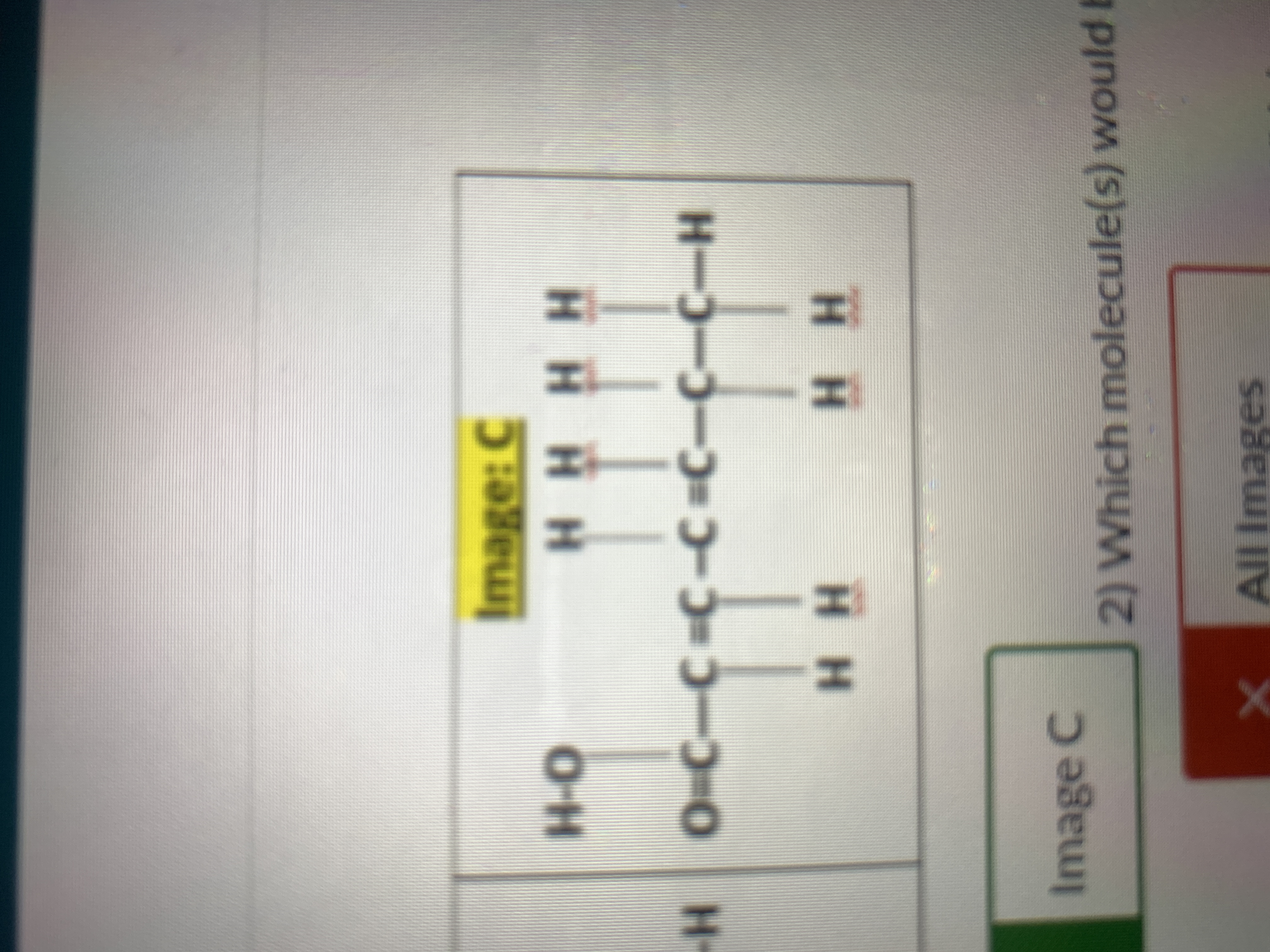
what is this
polyunsaturated fatty acid
the fatty acid end of a fatty acid molecule identifies what
the place where a fatty acid will connect to a glycerol molecule
the methyl end of a fatty acid molecule identifies what
the place where carbon #1 would be located
when does a condensation reaction occur
occurs when triglycerides are forming
when does a hydrolysis reaction occur
occurs during the digestive process of fats
what part of the gastrointestinal tract is the predominant site of dietary fat hydrolysis
small intestine
bile is known to assist in the emulsification of what
lipids only
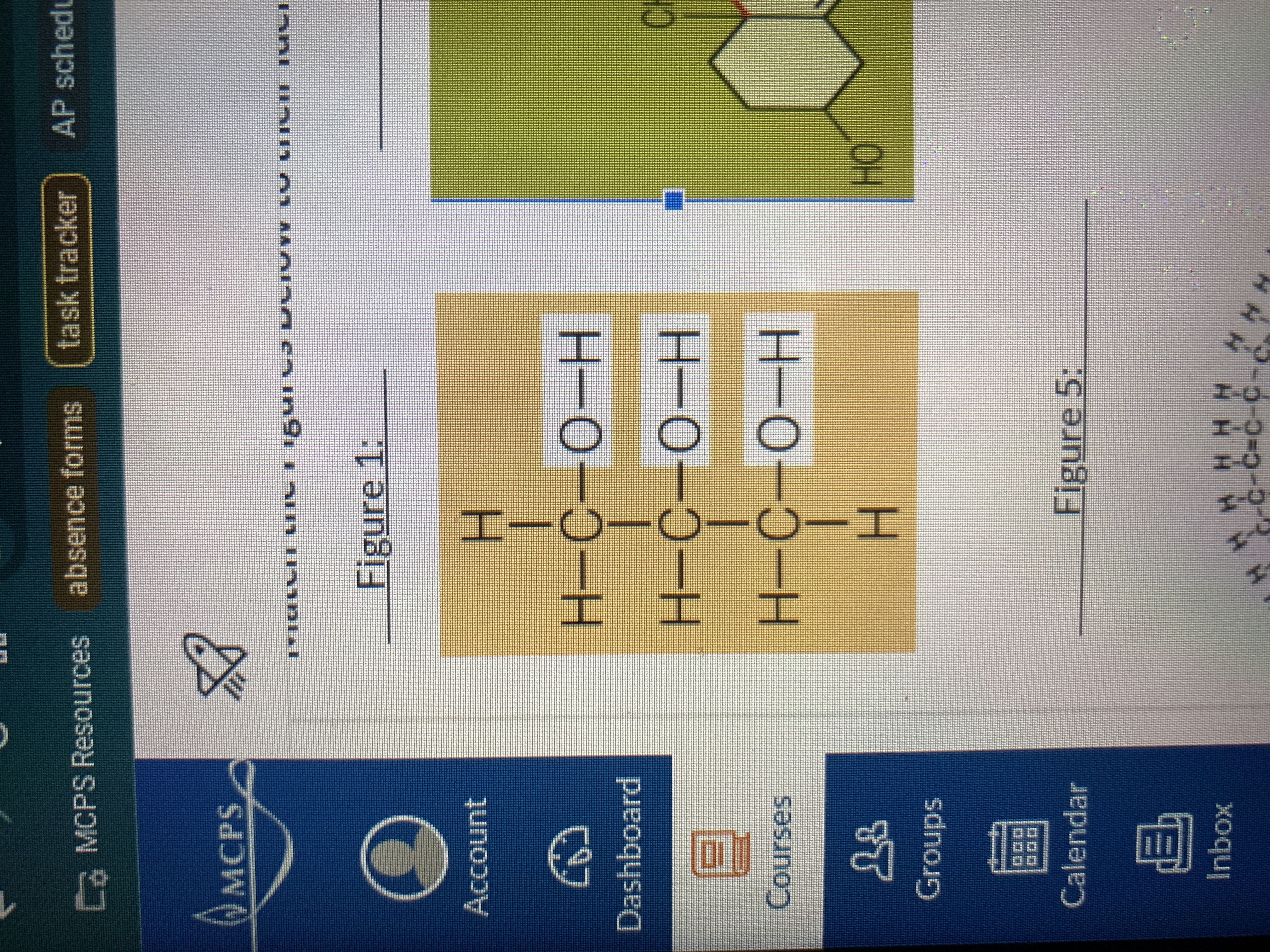
what is this
glycerol
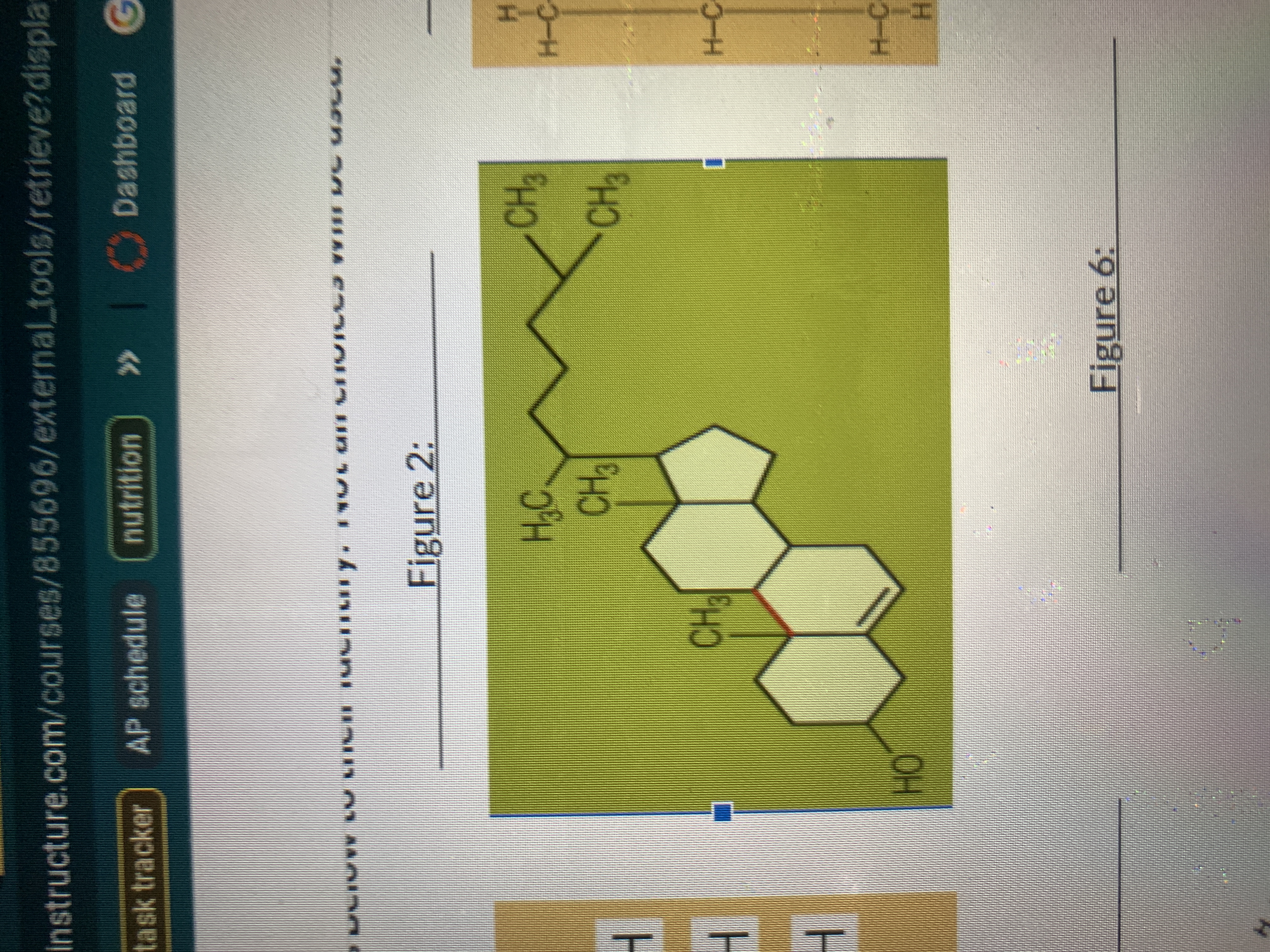
what is this
cholesterol
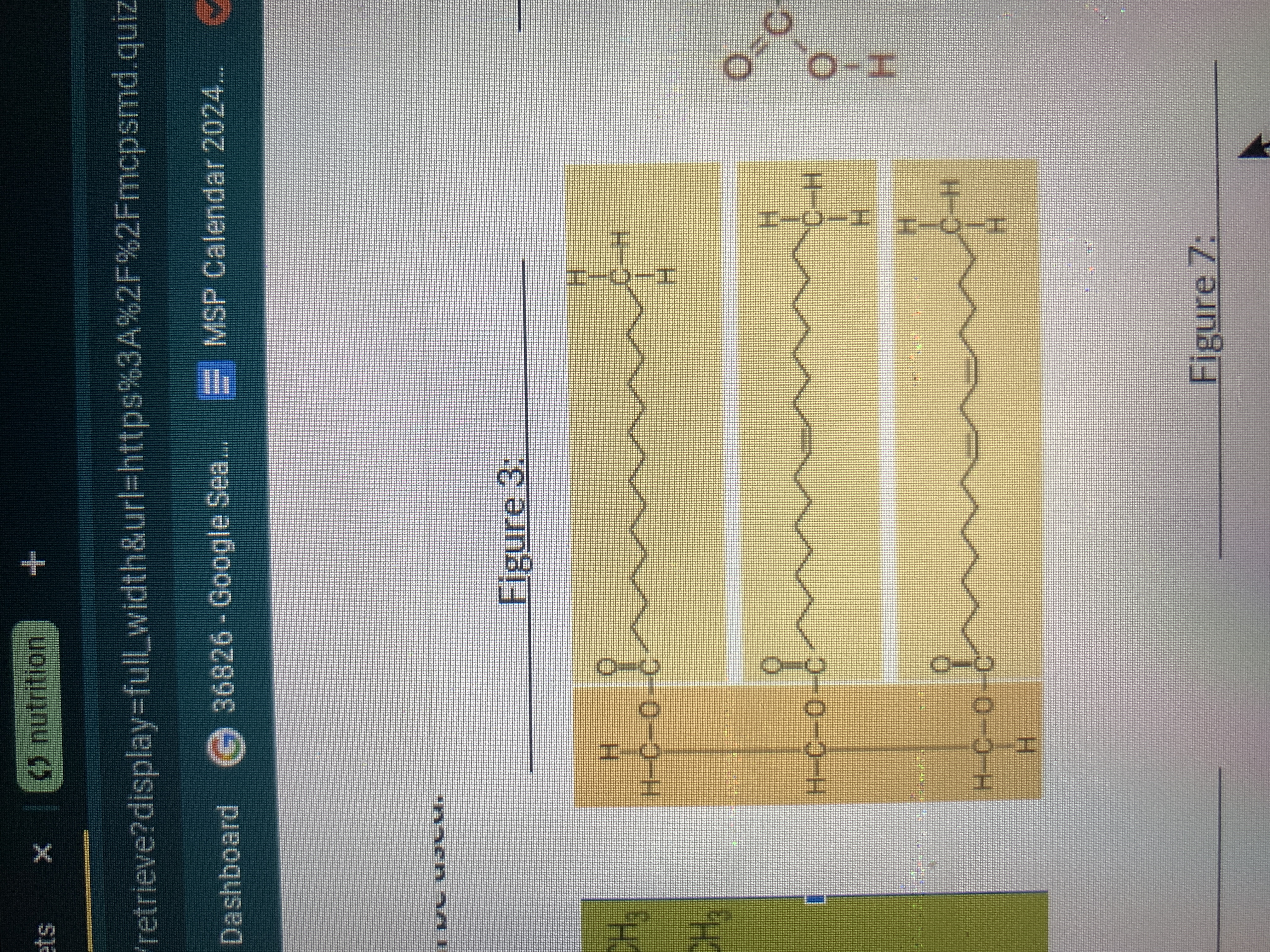
what is this
triglyceride
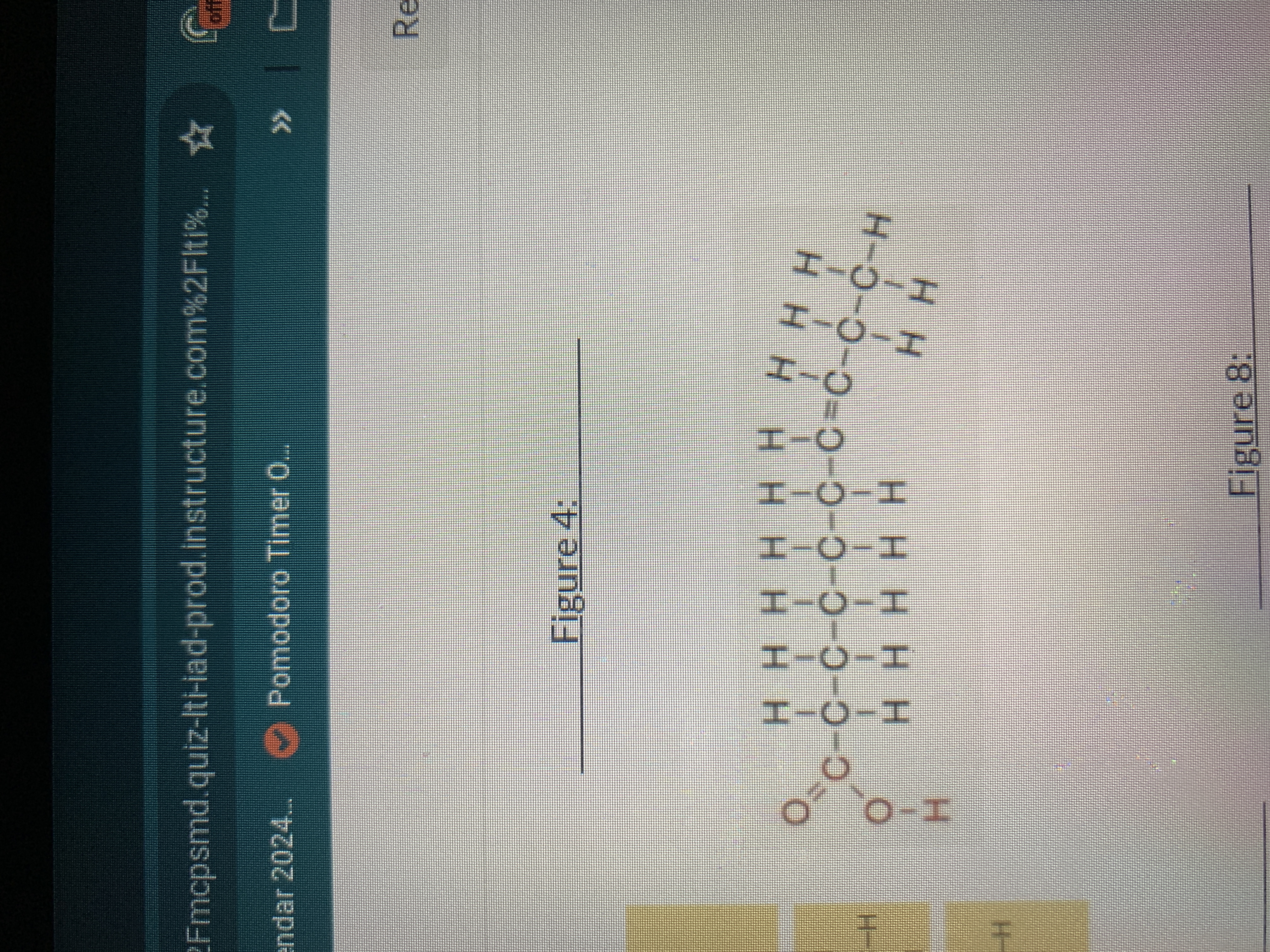
what is this
monounsaturated fatty acid
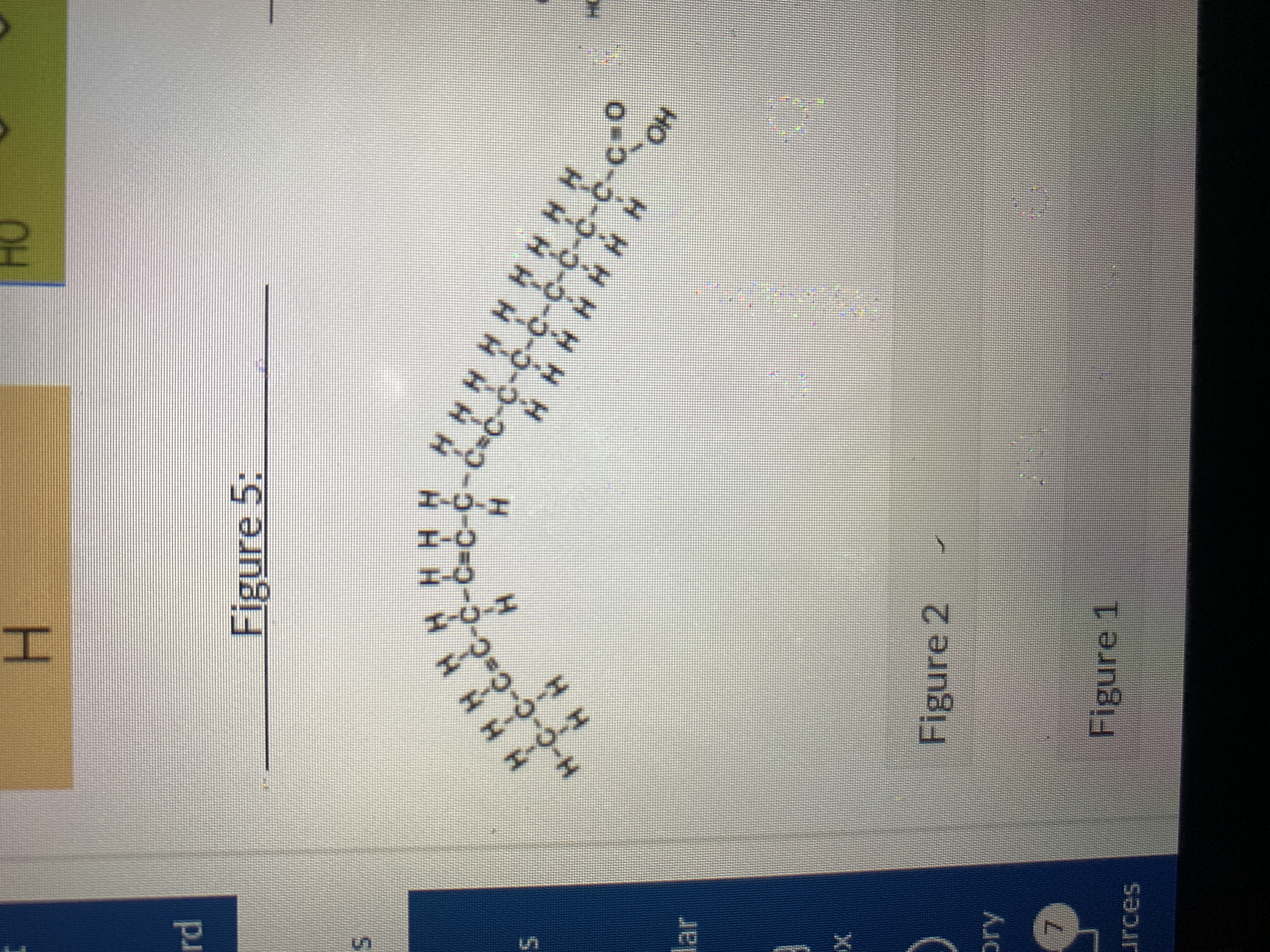
what is this
polyunsaturated fatty acid
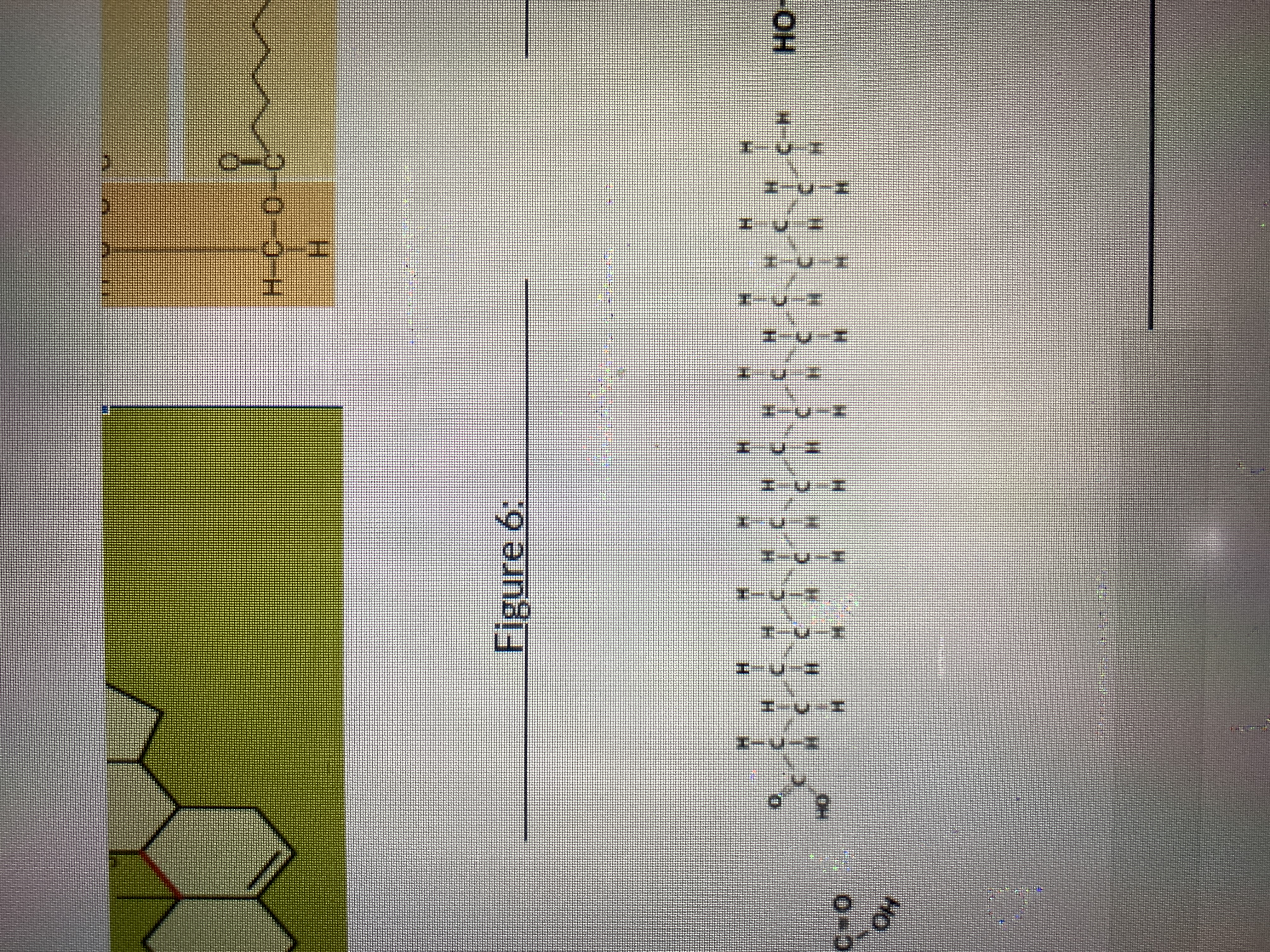
what is this
saturated fatty acid
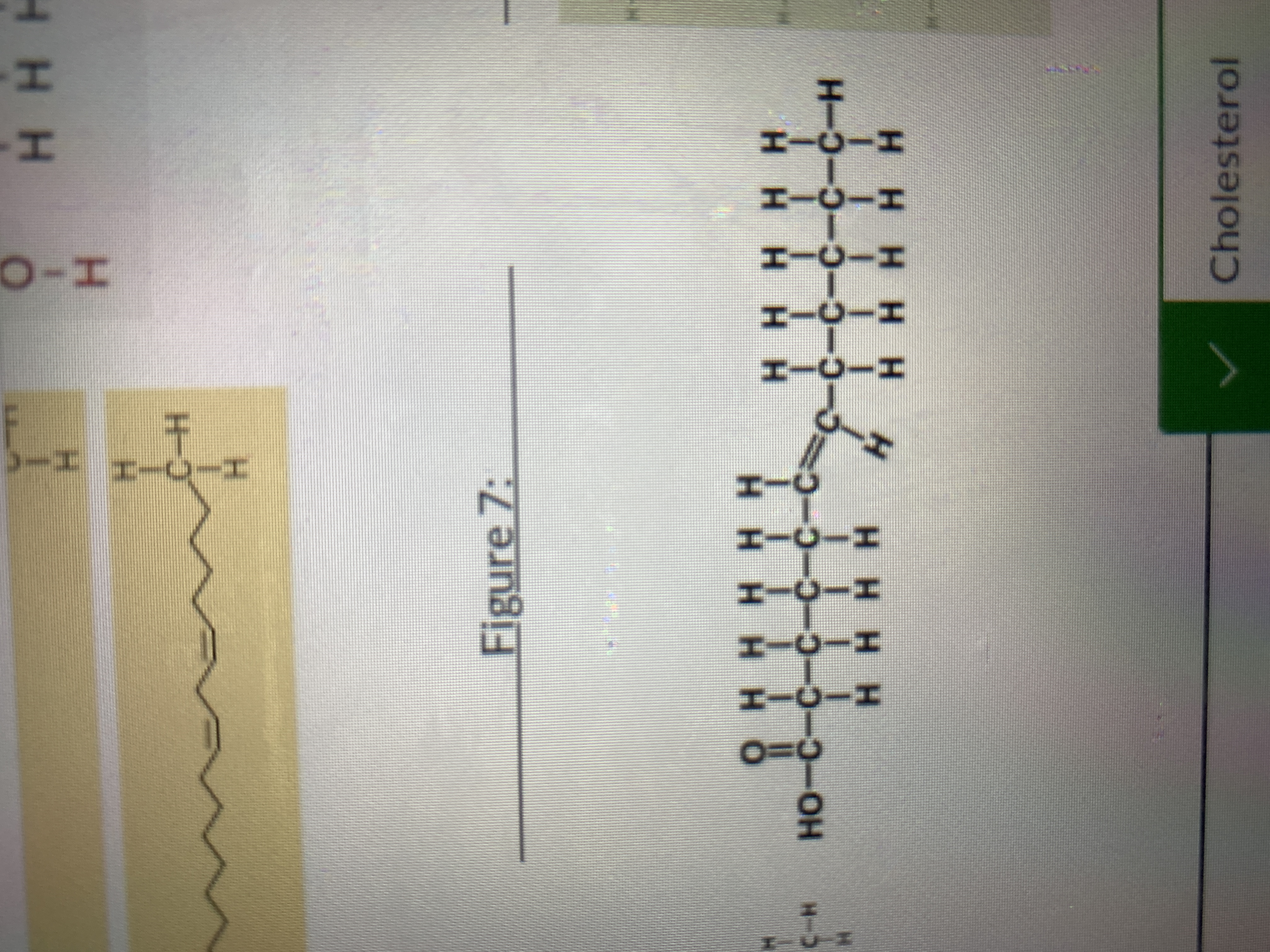
what is this
trans fatty acid
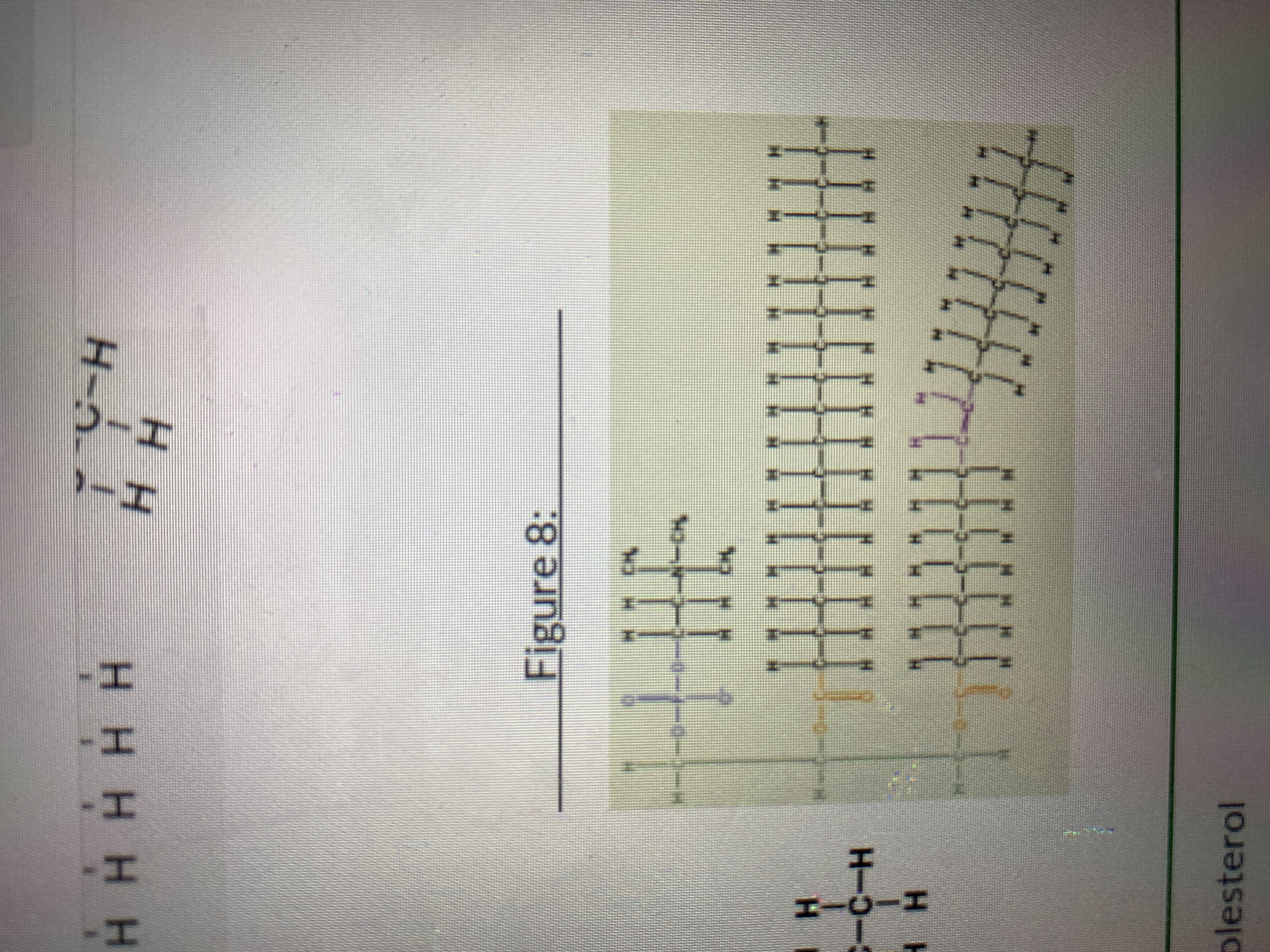
what is this
phospholipid
roles of triglycerides
energy reserve
insulation
protects organs
trans fats:
lower HDL (“good blood cholesterol”) and raise LDL (bad cholesterol)
what does CCK do
signals the gallbladder to release bile (is a hormone)
what do pancreatic and intestinal enzymes do
hydrolize (adds water to split) lipids to monoglycerides and fatty acids
phospholipids are:
hydrolyzed
sterols are:
absorbed as is